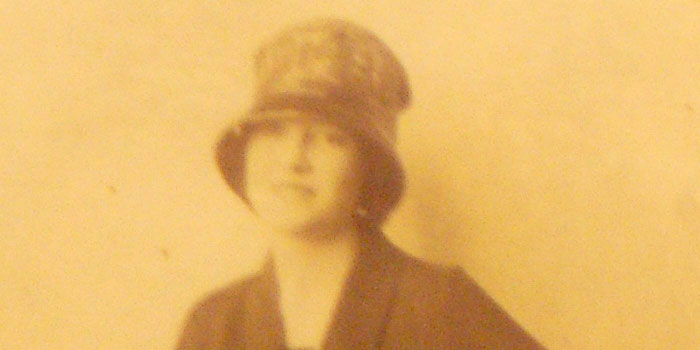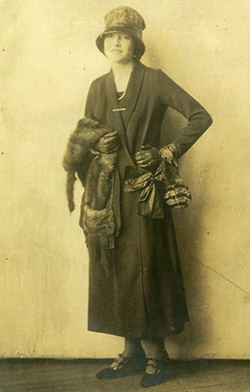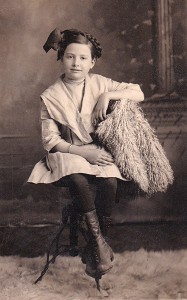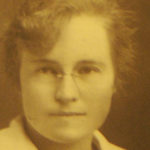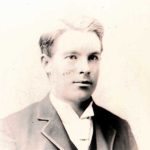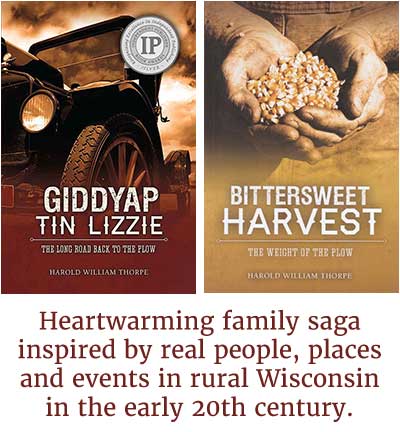“Ruby shouted, ‘There she is,’ and pointed toward the engine. All eyes turned upward, and the waiting crowd emitted an audible gasp when they saw a young lady perched atop the coal tender. Gusta wore a fringed buckskin skirt and a red chenille shirt with a white floral pattern, white fringed trim, and a black yoke and collar. She sported a red Stetson and red boots and twirled a lariat while she sang, ‘Buffalo gals won’t you come out tonight, come out tonight, come out tonight! Buffalo gals won’t you come out tonight and dance by the light of the moon!’ ‘Oh, good Lord,’ Ruby said. ‘The hussy,’ Sharon said. Catherine stared, mouth open.” – Bittersweet Harvest
Wealthy, intrepid, and rebelliously pushing the bounds of acceptable decorum. That’s Bittersweet Harvest’s Augusta Stephens, the wild Texas cousin whose mother sends her to live for a year with the O’Shaughnessy family in Iowa County, Wisconsin.
In Bittersweet Harvest, Gusta is sent north to Wisconsin at the age of 16 because she’s in need of discipline, something Mary O’Shaughnessy is more adept at providing than Gusta’s own mother. Gusta’s mother hopes that a few months with Mary, a no-nonsense, church-going, schoolteacher with three daughters of her own, will be just the ticket.
In Bittersweet Harvest, fictional Gusta arrives not seated docilely, as expected, in the train’s passenger compartment. Instead, she’s scandalously perched high atop the coal tender, having sweet-talked the engineers into allowing her to climb up there. Her country cousins are shocked. And that’s just the start of her exploits.
In real life, Augusta Stephens was just as outrageous.
Gusta was born in 1906 in Arizona. Her father, Charles Stephens, was a wealthy gold mine superintendent whose mining career took him, beginning in 1880, from the Black Hills of South Dakota to New Mexico to Arizona.
Gusta was a first-cousin to my mother, Laura Annette Fitzsimons.
My grandmother, Elizabeth (Stephens) Fitzsimons, and Charles Stephens were brother and sister. Their father, Joseph Stephens, was also a rugged frontiersman who worked as a miner and a sheriff in North Dakota. He introduced Charles to mining. And their grandfather, Nicholas Stephens, was a southwest Wisconsin miner and a family patriarch from whom we get our Cornish roots.
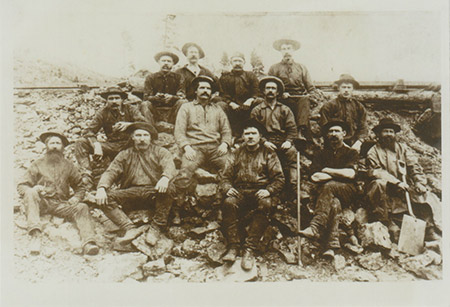
Gusta’s grandfather, Joseph Stephens (bottom row, second from right) at the Homestake Mine in the Black Hills of South Dakota.
Nicholas emigrated from Cornwall, England to America in 1837 and settled in Linden, Wisconsin. After working for a few years in southwest Wisconsin during the region’s mining boom, he headed west. In 1859, while on a prospecting mission to British Columbia, he was killed by Indians. Further research indicates that Nicholas was probably killed in a Whatcom County, Washington mine accident.
Gusta’s father, Charles, sadly died young. Charles was 39 when he died; Gusta was just two months old. My family has always suspected that handling poisonous mining chemicals like cyanide hastened his death.
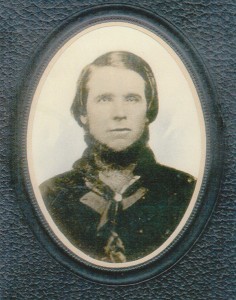
Gusta’s great-grandfather, Nicholas Stephens, a southwest Wisconsin miner and family patriarch from whom Harold Thorpe gets his Cornish roots.
Gusta was Charles’ heir, and inherited his significant mining fortune. Portraits of her as a child and as a teen exude wealth and sophistication.
When Gusta was still a baby, her mother remarried and they lived for awhile in a large house on Iowa Street in Mineral Point, Wisconsin. Then, when Gusta was about six years old, they moved south to Texas. There, her mother worked as a hotel keeper.
In the early 1920s, when Gusta was about 16, came the real-life events that inspired her inclusion in Bittersweet Harvest. Gusta’s mother sent her out-of-control teen north for a year to live with my grandparents on their farm near Avoca, Wisconsin. My mother and her sisters were also teenagers at the time.
My mother included many colorful stories of the real-life Gusta in her memoire, From High on the Bluff.
I never met Gusta. But I knew, when I sat down to remake my mother’s stories into the fictional O’Shaughnessy Chronicles novels, that I had to include her.
She was the perfect literary character – spoiled, adventurous, audacious, but as far as I was ever told, not promiscuous. She did smoke and wore short skirts. But while she would go to the edge of the cliff, it didn’t seem that she went over it.
Gusta was just what the O’Shaughnessy Chronicles needed as I moved into the second installment of the series – a young outsider who required some taming. She brought a fresh spark to the O’Shaughnessy farm family’s sometimes mundane existence. And, at the end of Bittersweet Harvest, she provides just the opportunity that Will O’Shaughnessy needs — a chance to work as a distributor of Wisconsin cheese into Texas, after he loses his Iowa County farm.
Bittersweet Harvest concludes with Gusta returning to Texas. What happened, later in life, to the real Gusta Stephens? For many years, that was a great mystery.
In the 1930s, Gusta married an Argentinean, Louis des Rets, and returned with him to his home country. Letters to my mother’s family, written by Gusta just prior to their leaving the United States for Argentina, talk about a trip to Brazil. We also have a photo of the couple taken in Texas.
But after she and Louis left for Argentina, my mother’s family never heard from them again. They seemed to drop off the face of the earth. Conversations decades later about Gusta always ended with “whatever happened to her?”
It wasn’t until 2010, after my mother died, that we got a partial answer.
An old US State Department document revealed that, in 1943, at the height of World War II, Gusta was en route on a ship from Argentina to New Orleans. On Dec. 28, 1943 she disappeared off the ship, and was officially presumed to have jumped overboard. Whether that’s really what happened, we’ll likely never know. She was traveling alone, under her maiden name. Her husband’s fate, and why he wasn’t with her, remains a mystery. So, too, remain a mystery other personal circumstances in Argentina that might have spurred her to return alone to the US. We only know that, politically, Argentina was in turmoil at the time, as was much of the world.
Gusta never had children to pass along the rest of her story, so the details of this phase of her life will probably remain forever lost.
Update: As we later learned, by writing her memoir, my mother, Laura Annette Fitzsimons, helped solve the mystery of “Whatever happened to Gusta?” and brought a surprise income to extended family!

